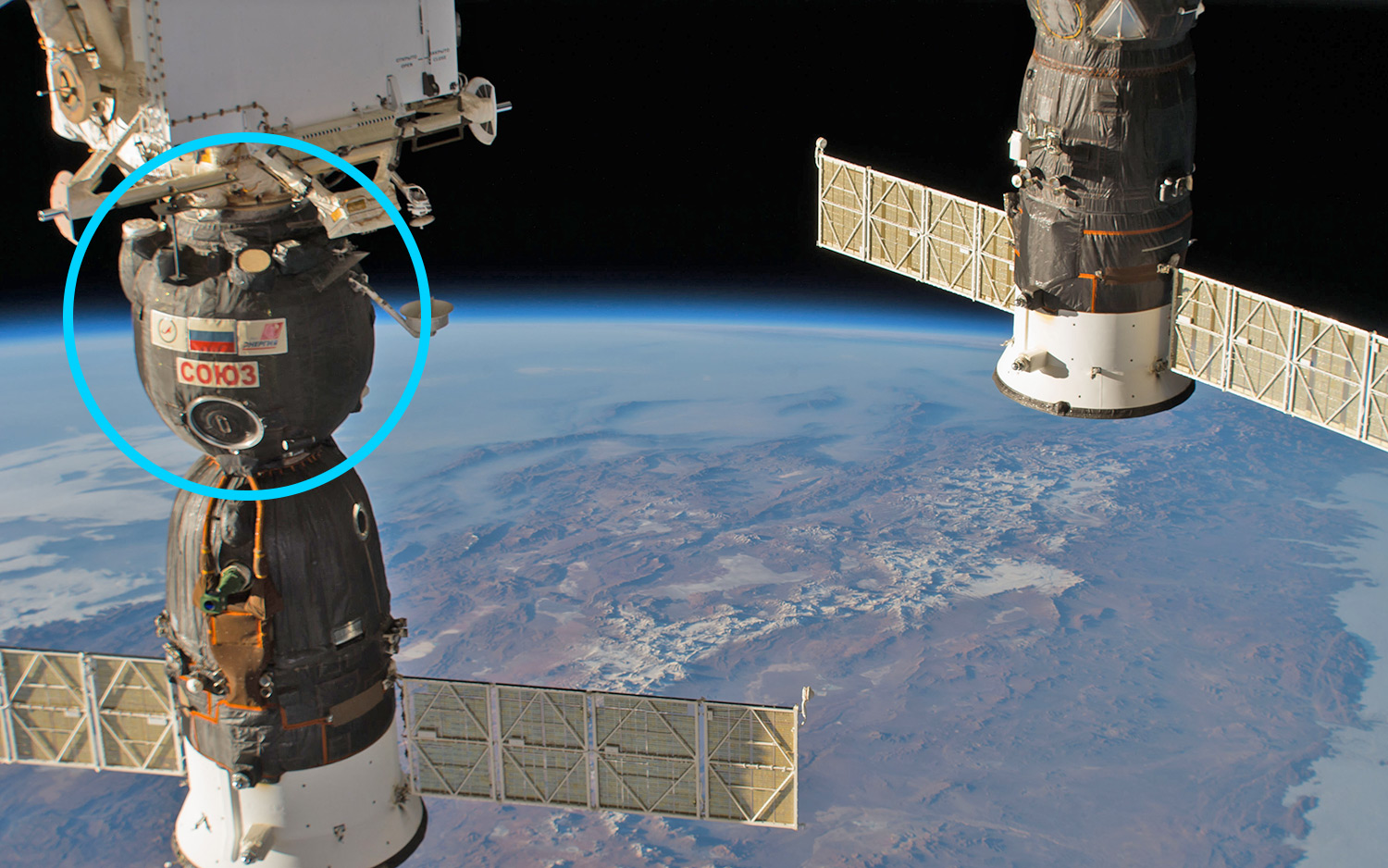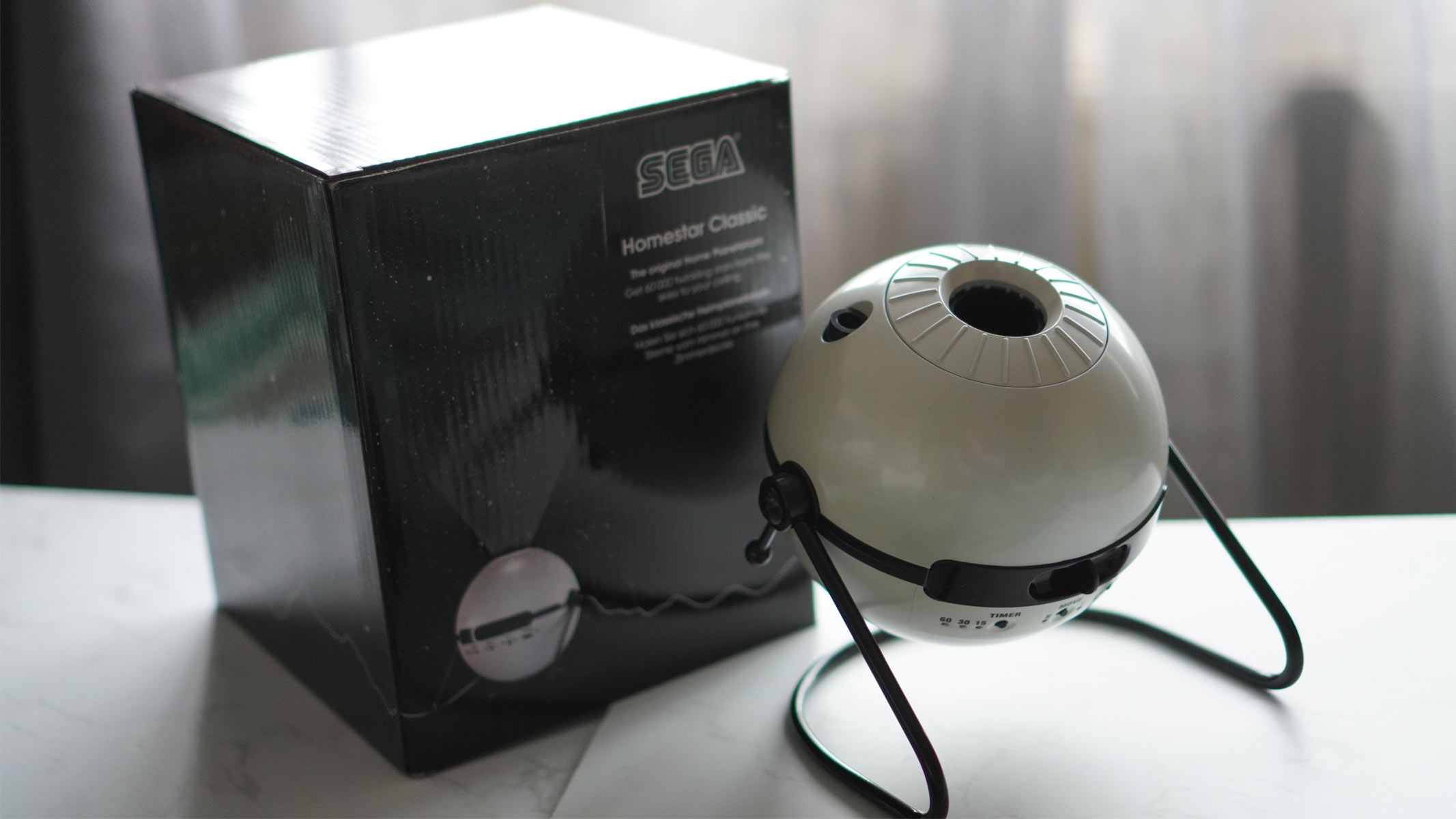Hole That Caused Leak in Russian Spacecraft Possibly Traced to Assembly or Testing: Report
The Russian Soyuz spacecraft responsible for last week's leak aboard the International Space Station (ISS) may have received its wounds here on Earth, on the grounds of its manufacturer, according to a new report from Russian news agency TASS.
ISS controllers noticed a slight pressure drop on the night of Aug. 29 and alerted crewmembers about it the next day. The astronauts traced the issue to a 2-millimeter (0.08 inches) hole in the upper "orbital module" of the crew-carrying Soyuz, which arrived at the station in June.
Cosmonaut Sergey Prokopyev, the Soyuz commander, soon patched the hole with epoxy, apparently solving the problem. Pressure levels have been steady ever since, NASA officials have said. (The leak never put crewmembers in any serious danger, officials have stressed.) [Russia's Crewed Soyuz Space Capsule Explained (Infographic)]

The cause of the hole remains under investigation, however. Early speculation centered on a possible micrometeoroid strike, but now human error is strongly suspected. Indeed, the hole's circular shape suggests a drilling mishap, as do nearby marks on the module wall.
The incident may have occurred during the final assembly or testing of the Soyuz, according to the new report, published today (Sept. 6) by the Russian news agency TASS. Both of these activities take place at facilities run by the Soyuz's builder, Russian aerospace company Energia, in the city of Korolyov, near Moscow.
"One of the possibilities is the spacecraft might have been damaged in the final assembly hangar. Or it could happen at the control and testing station, which carried out the final workmanship tests before the spacecraft was sent to Baikonur," an unnamed source in the aerospace industry told TASS, which stressed that it has not confirmed such suspicions.
Soyuz spacecraft — which have been astronauts' only ride to and from the ISS since NASA's space shuttle program retired in 2011 — launch from Baikonur Cosmodrome, in Kazakhstan.
Get the Space.com Newsletter
Breaking space news, the latest updates on rocket launches, skywatching events and more!
The Soyuz passed pressure-chamber tests before going to Energia's final-assembly hangar, the source told TASS. And the assembly and testing facilities are tightly controlled spaces, he added. (TASS referred to the source as a "he.")
"Only those with proper security clearance are allowed to enter," the source said. "Also, at the entrance to the hangar and the control and measurement station there are security guards checking all those who come and go."
Energia is conducting an investigation into the Soyuz incident. And Dmitry Rogozin, the head of Russia's federal space agency, Roscosmos, has vowed to find the person or persons responsible.
The orbital module is a spherical portion of the Soyuz that allows more gear to go up with the spacecraft. Unlike the lower crew capsule, the orbital module does not survive re-entry into Earth's atmosphere.
Follow Mike Wall on Twitter @michaeldwall and Google+. Follow us @Spacedotcom, Facebook or Google+. Originally published on Space.com.
Join our Space Forums to keep talking space on the latest missions, night sky and more! And if you have a news tip, correction or comment, let us know at: community@space.com.

Michael Wall is a Senior Space Writer with Space.com and joined the team in 2010. He primarily covers exoplanets, spaceflight and military space, but has been known to dabble in the space art beat. His book about the search for alien life, "Out There," was published on Nov. 13, 2018. Before becoming a science writer, Michael worked as a herpetologist and wildlife biologist. He has a Ph.D. in evolutionary biology from the University of Sydney, Australia, a bachelor's degree from the University of Arizona, and a graduate certificate in science writing from the University of California, Santa Cruz. To find out what his latest project is, you can follow Michael on Twitter.
